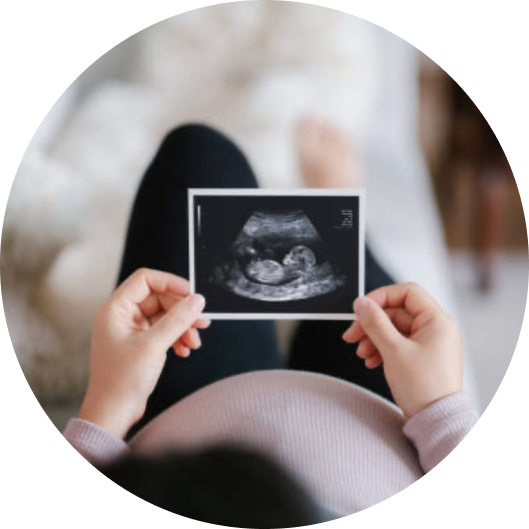
Following comprehensive diagnosis, Dr Alex can perform a myomectomy, a procedure that is performed laparoscopically or abdominally. In many cases, this surgery can effectively extract fibroids without having to remove the uterus. In most cases this can be done through key-hole surgery with minimal scarring and fast recovery.
You may be a candidate for surgical treatment in the following cases:

Dr Alex Polyakov is a fertility specialist in Melbourne who has built a reputation as a doctor who combines his experience as a surgeon, obstetrician and gynaecologist with his expertise in reproductive endocrinology. He specialises in women’s fertility and also provides male infertility treatment.
Fibroid surgery can be performed by an open or minimally invasive laparoscopic approach. While open surgery requires a large incision on your abdomen to access the fibroids, laparoscopy requires only small incisions to allow the insertion of surgical instruments and a narrow lighted tube with a camera, called a laparoscope. The scope relays images of the surgical site onto a large monitor, which can be viewed by your surgeon.
Laparoscopic myomectomy is a minimally invasive surgical procedure performed to excise uterine fibroids.
Your surgeon will cut the fibroid into pieces using laser, cryotherapy (extreme cold) or cautery (extreme heat), and remove them through a small incision made in the abdominal wall. A larger incision is required if the fibroid is removed without being cut into pieces. In some cases, the fibroid is removed through the vagina by a process called colpotomy.
Following the excision, the defects are irrigated to control bleeding and sutured.
Your surgeon separates the uterus from the surrounding organs and blood vessels, by ligating and sealing the open ends. The uterus is then removed via the abdominal incision or vagina. Your surgeon will also remove the ovaries only if you have a risk of developing ovarian or breast cancer. Usually, the ovaries are spared.
The laparoscopic approach to fibroid treatment is associated with more advantages than open surgery. These include:
An added advantage of myomectomy is the ability to preserve your fertility. However, laparoscopic myomectomy may be associated with challenges in suturing the defect left after the removal of the fibroid as well as the detection and removal of small uterine fibroids, and large fibroids from difficult locations such as lower region of the uterus or junction of the cervix.
On the other hand, while you will not be able to conceive in the future after hysterectomy, the complete removal of the uterus and sometimes the ovaries as well, ensures complete cure of fibroids.
You can start exercising 2-4 weeks after surgery and have intercourse 8 weeks after surgery. Give your uterus at least three months to heal before attempting to get pregnant after myomectomy. You are advised not to lift any heavy object until 2-4 weeks after surgery.
If your ovaries are removed as well, you will be prescribed hormone therapy to avoid premature menopause and the symptoms such as hot flashes, that are associated with it.
As with most surgical procedures, fibroid removal surgeries may be associated with certain complications such as:
Fibroids can recur even after surgery. This may require further surgery.
Menstrual pain caused by fibroids can be managed with:
